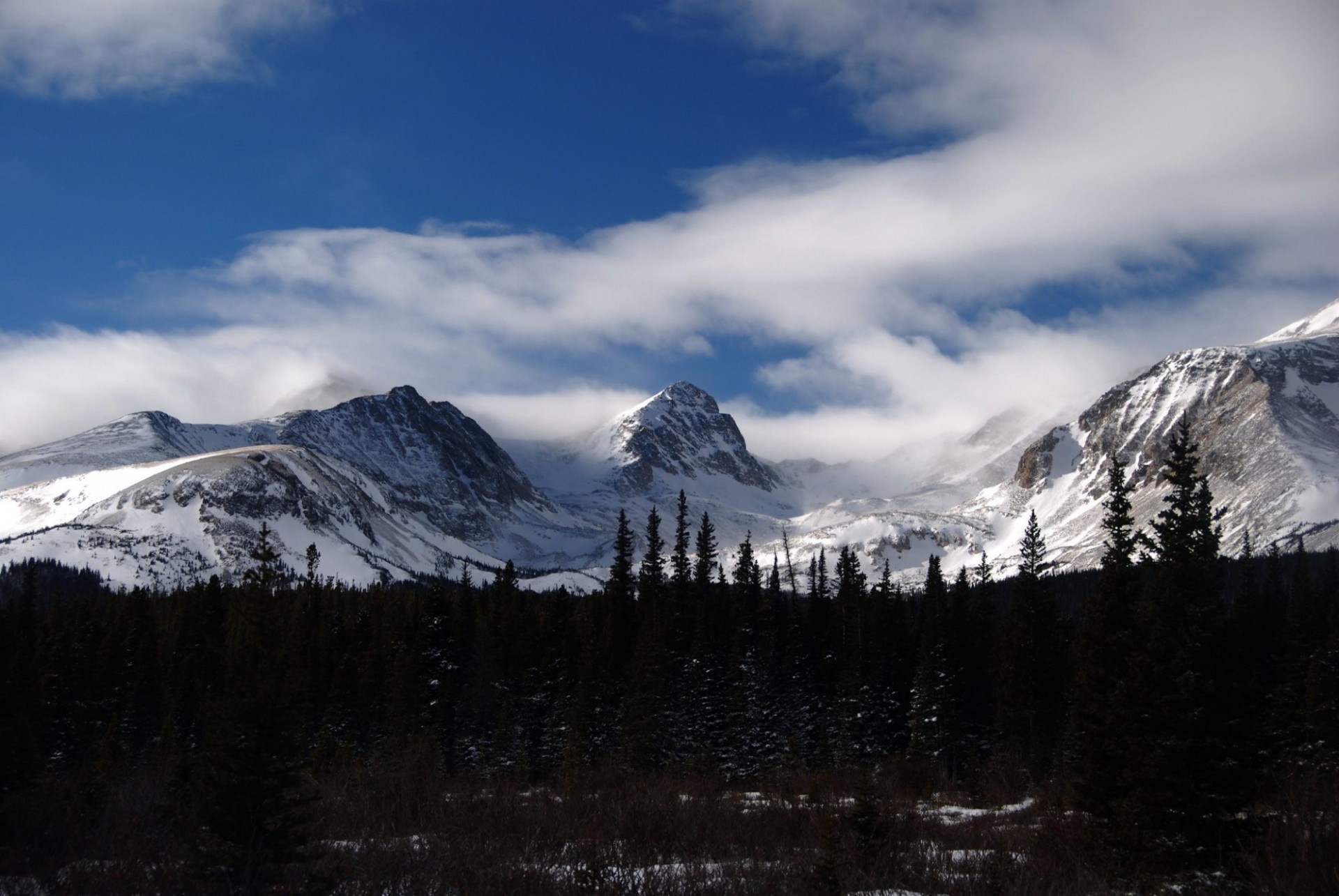Giving Nature Rights Could Protect Us All
The Climate Bill of Rights is a perfect example of how the Rights of Nature can be used as a tool in the fight against climate change.

C+S 2020 students are blogging about topics that interest them for Applications in Climate and Society, a core spring class.
In 1972 a lawyer named Christopher Stone published an article entitled "Should Trees Have Standing? Toward Legal Rights for Natural Objects." Stone argued that since we have begun to recognize and protect the rights of corporations and other groups, we should extend that same recognition to the environment. In practice, that means extending legal personhood to nature or a natural object. This idea spurred an entire movement into action, the Rights of Nature movement.
The best definition for Rights of Nature is recognizing and honoring "Nature" with a capital "N" as a right bearing entity. While it might sound crazy, the movement has had success. From Ecuador to New Zealand, and even here in the U.S., the number of Rights of Nature cases and laws is growing. One of the more recent places to adopt Rights of Nature is Lafayette, Colorado.
In 2017, citizens came together to enact the first Climate Bill of Rights. The law recognized that not only do humans have the right to a healthy climate, but nature does, too. In doing so, Lafayette became only the second place in the U.S. to enact Rights of Nature, following Tamaqua Borough, Pennsylvania. The Climate Bill of Rights is a perfect example of how the Rights of Nature can be used as a tool in the fight against climate change. To the citizens of Lafayette, the passage of this law was more than just recognizing the moral obligation to the biotic community; it was part of a more significant effort to protect the area from fracking pollution, as stated in the preamble:
“WHEREAS, the people of the City of Lafayette find that the environmental degradation and introduction of toxic chemical pollutants resulting from the extraction of coal, oil, and gas, and disposal of drilling waste within the City would significantly contribute to environmental destruction and life-endangering health risks.”
Starting in the early 2000s, oil and gas companies began to overwhelm the state with hydraulic fracking plans. Before the Climate Bill of Rights, Boulder County—which Lafayette is located in—was on track to see nearly 2,000 possible oil and gas wells. These plans are a source of contention around the state. As of 2018, applications for fracking operations rose almost 70 percent, as Colorado continued to see a boom in population and energy demand.
When a natural object is granted rights, it's much harder to destroy; therefore, one can think of Rights of Nature as a metaphysical means to an end. This point is made clear through section five of the ordinance, stating its passage as " necessary for the protection of the health, welfare, and safety of the community.” In a time where being a climate activist can make you want to pull your hair out, it's a movement and progress like this that can still bring some hope. Lafayette is far from the last place to enact Rights of Nature. Similar legislation is being proposed from local governments in states like New Hampshire, Ohio, Florida and in other municipalities and regions throughout the world. Christopher Stone's idea isn't as far off as it may seem, and it doesn't require a revolution. Instead, it's an innovative problem-solving approach that we are just starting to try.
